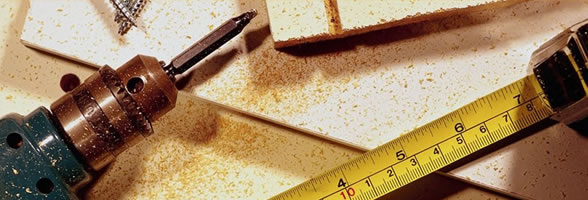
Club de Revistas de Dermatopatología. Jueves15 de Noviembre 2012
14.11.2012 06:45Immunohistochemical study of 40 cases of longitudinal melanonychia.
Theunis A, Richert B, Sass U, Lateur N, Sales F, André J.Am J Dermatopathol.
2011Feb;33(1):27-34.
 The etiology of longitudinal melanonychia (LM) is difficult to establish by clinical and dermoscopic examinations alone. Microscopic examination of the nail matrixremains crucial.
The etiology of longitudinal melanonychia (LM) is difficult to establish by clinical and dermoscopic examinations alone. Microscopic examination of the nail matrixremains crucial.
Two groups of LM may be identified: melanocytic activation (melanic pigmentation of the matrix epithelium without any increase in the density of melanocytes) and melanocytic proliferation (lentigo, nevus, or melanoma).
The objective of this study was to analyze the immunohistochemical findings with routinely used markers in melanocytic tumors-S-100 protein, HMB-45, andMelan-A-in LM. A series of 40 cases were analyzed: 10 activations, 4 lentigines, 7 nevi, 12 in situ melanomas, and 7 invasive melanomas. The sensitivity of S-100 protein is weak in benign and malignant intraepithelial melanocytes of the nail matrix, and if this marker is performed alone, it may be wrongly reassuring. However, the use of S-100 protein is essential to differentiate invasive melanoma, lacking an intraepithelial component, and particularly desmoplastic melanoma, from epithelial and mesenchymal tumors. HMB-45 and Melan-A are more sensitive than S-100 protein for the evaluation of intraepithelial melanocytic proliferation of the nail apparatus, with HMB-45 being the most intense marker. In the dermal component, HMB-45 and Melan-A were less sensitive than S-100 protein.
In conclusion, we recommend that the panel of antibodies used for histological evaluation of LM should include HMB-45 and/or Melan-A and S-100 protein only if an invasive melanoma is suspected.
---------------------------------------------------------------------
—————
